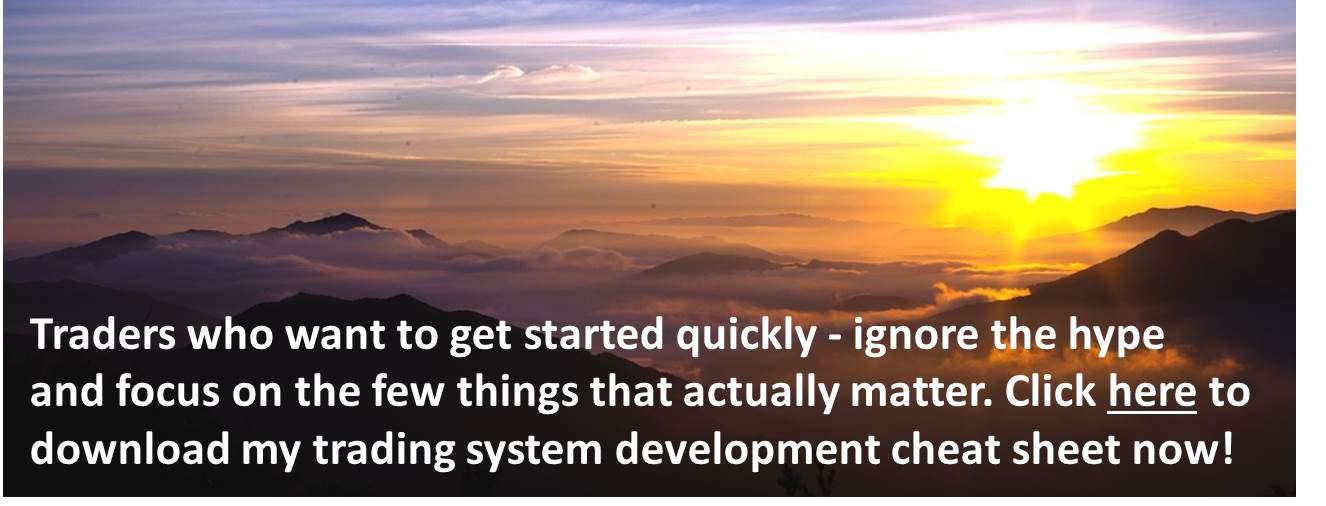Stop Limit Order – The Best of Both?
A stop limit order can help you overcome one of the major drawbacks of a traditional stop order or stop loss order – Slippage.
With a traditional stop order or stop loss order, the trader specifies the price at which they want their order to become active. When the price hits that level the order is placed as an at-market order. The trade will then be executed at the prevailing price.
The difficulty comes in fast moving, volatile or illiquid markets where the price moves very quickly past the stop price. In these conditions the trade could be executed at a far worse price than the trader intended. The difference between the intended price and the actual price is known as slippage.
Slippage can be a major cost to
trading systems if not carefully managed
A Stop-Limit Order can help you reduce the effects of slippage compared to a stop order or a stop loss order, but this comes at the cost of certainty of execution.
What is a Stop Limit Order?
A stop-limit order combines elements of a stop order and a limit order. Let’s review the basics of a stop order and a limit order first to explain clearly.
Stop Orders
When you place a buy stop order, you specify the price at which you want your order to become active if the market moves up to that level. If the market moves up to that level then your buy stop order is triggered and becomes a market order.
Similarly…
When you place a sell stop order, you specify the price at which you want your order to become active if the market moves down to that level. If the market moves down to that level then your sell stop order is triggered and becomes a market order.
A stop order incurs the same slippage problems as a market order.
Stop orders are generally always executed if the stop price
is hit, but they can suffer significant slippage
Limit Orders
When you place a buy limit order you specify the maximum price you are willing to pay up to in order to buy the instrument in question (stock / futures contract / forex pair etc). The limit order is usually placed below the current price and will only be filled if the price falls to your limit.
Similarly…
When you place a sell limit order you specify the minimum price you are willing to accept in order to sell the instrument in question (stock / futures contract / forex pair etc). The sell limit order is usually placed above the current price and will only be filled if the price rises to your limit.
The downside of a limit order (buy limit order or a sell limit order) is that they will not be executed if the price never goes back to the limit you specified.
Limit orders do not incur slippage but they will not be
executed if your price limit is never reached
Ok, now for the combination – A Stop Limit Order…
A stop-limit order specifies a stop price which, when hit, converts your order to a limit order. This order will then only be executed at the specified price or better. The two examples below illustrate a buy and sell situation respectively:
Example 1: Buy Stop-Limit Order
Say you wanted to buy ABC stock (currently trading at $25) if it rises to $30, but you want to ensure you don’t pay more than $30. If you place a buy stop limit order to purchase ABC stock at $30 or better. This order will only become active if the price moves up to $30. Once active it will only be executed at $30 or better.
Example 2: Sell Stop-Limit Order
Say you wanted to sell ABC stock (currently trading at $25) if it falls to $20 to limit your loss, but you want to ensure you don’t suffer too much slippage. If you place a sell stop limit order to sell ABC stock at $20 or better. This order will only become active if the price moves down to $20. Once active it will only be executed at $20 or better.
A stop limit order is simply a limit order which
is not activated until a specified stop price is hit
Once the stop limit order becomes active, it behaves like a normal limit order.
Benefits:
The main benefit of stop limit orders is that you can use them to reduce the amount of slippage you incur compared to a traditional stop order or stop loss order. This can be extremely important in thinly traded markets and fast moving markets.
Drawbacks:
As discussed above, this comes with the significant disadvantage that if the market moves quickly through your stop price and doesn’t look back, your order may never be executed.
As a result of this drawback caution is needed when using stop limit orders instead of traditional stop loss orders. If you are holding a position and want to be 100% certain you will exit if the price moves beyond a certain point then the stop limit order may not be the best order type for you.
Conclusion:
If they are available for you to use on the exchange and with the broker you use, stop limit orders can be a useful way to reduce the cost of slippage you would incur from traditional stop orders. This can improve profitability, but may also reduce the percentage of your orders that are executed.
Regardless of how or why you use different order types, they should all be documented with reasons and instructions in your trading plan to ensure you (or the person placing trades for you) know exactly what you need to do in all situations. Review our discussion on how to build a winning trading plan here.
If you do not yet have a completed trading system then I recommend you read our description of the Trading System Development process before getting started.
I also suggest you seriously consider Van Tharp's home study program "How to develop a winning trading system that fits you". This program will guide you through all of the steps required to build a profitable trading system that you feel comfortable trading because it fits your personality and needs.
Of course nothing is guaranteed, but shouldn’t you take every step possible to help yourself succeed?
Related Articles:
Main Page: What are stock trading systems and how do they work?
- Trading System Development - The Right Way
- Mechanical trading systems save you from yourself!
- What makes a good trading system?
- Choosing the best trading system
- Trend Following System Components
- Penny Stock Trading Systems - Benefits and Pitfalls
- Trading Signal Beliefs - Example System
- Should I consider paper trading before using real money?
Return to top of Stop Limit Order
Go to Stop Loss Order
Return to Order Types
Return to Home Page
Looking for something else - Find it on the Sitemap



